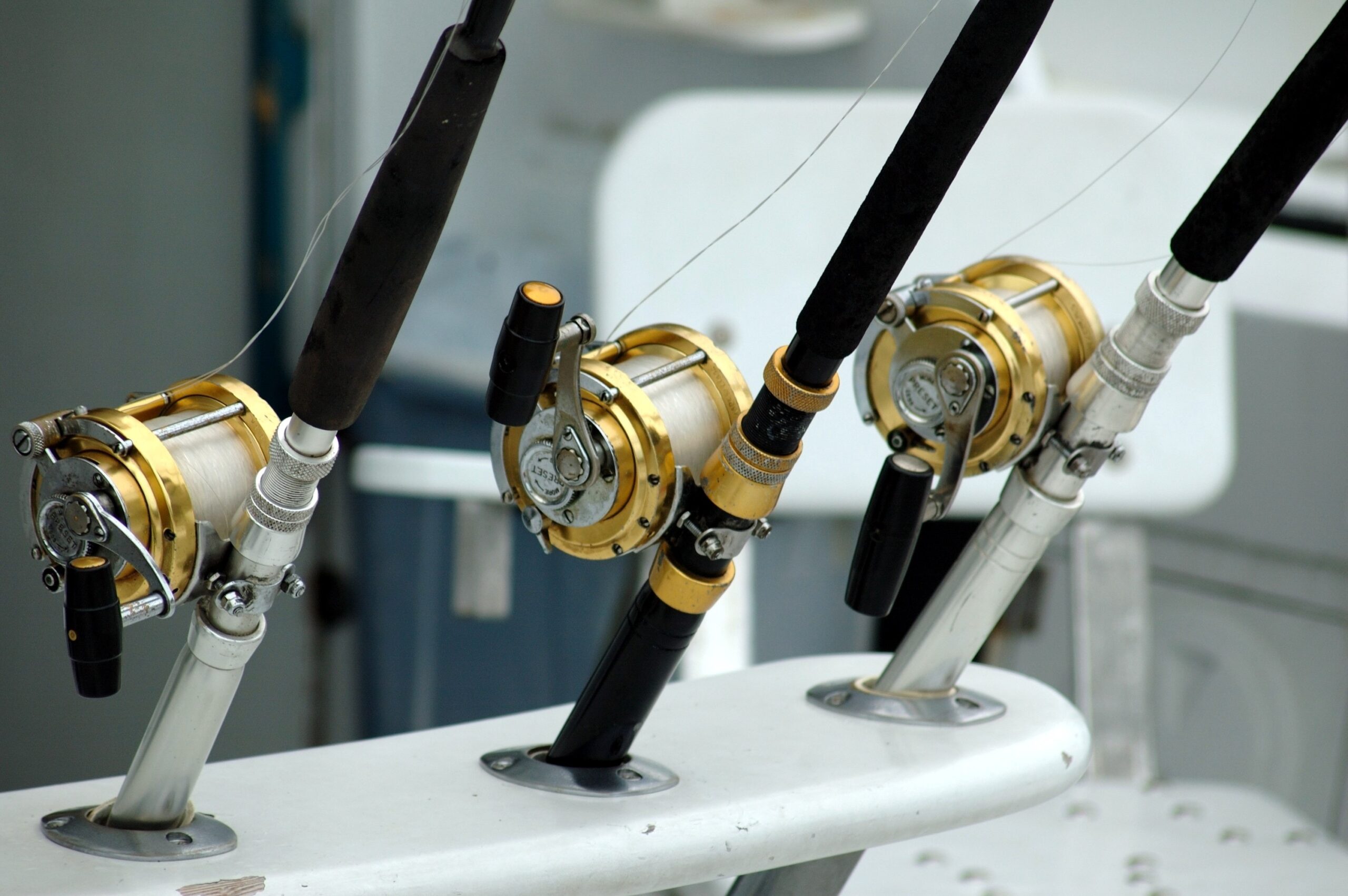Fly fishing is more than just a hobby; it’s an art, a passion, and for some, a way of life. Ensuring you have the right gear for your angling adventures can make all the difference. This guide delves deep into the essentials, highlighting the tools you need to elevate your fishing experience. The aim is to simplify the process of selecting the right fly fishing accessories to match your needs.
Understanding Your Needs
Before diving into the world of fishing gear, it’s crucial to understand what you genuinely require. Are you a seasoned angler or a novice? The kind of tools you select can vastly vary based on your expertise. It’s worth noting that the environment you’re fishing in also dictates the accessories you’ll need.
Essential Gear for Every Angler
- Lines, Leaders, and Tippets: These are the basics. While lines help you cast, leaders and tippets ensure the fly lands softly on the water. Choose materials that blend well with the water to remain inconspicuous to fish. Diverse water conditions may require different line types. For instance, a sinking line is ideal for deeper waters, whereas a floating line works best for surface fly fishing.
- Hooks and Flies: Selecting the right hook and fly is like choosing the right bait. It’s essential to match the hatch, which means using a fly that imitates the local aquatic insects fish might be feeding on. Different species of fish are attracted to different types of flies. Researching the fish in your chosen location can guide you towards the best fly selection.
- Protective Gear: From hats to polarised sunglasses, protective tools ensure you stay safe and enjoy your angling session without any hindrance. Sunglasses not only shield your eyes but also enhance underwater visibility. They help in spotting fish and understanding underwater structures, offering a tactical advantage.
- Storage Solutions: Investing in a good storage solution ensures your tools are organised and readily available. Whether it’s a simple tackle box or a more elaborate vest, make sure it suits your style. Organisation can significantly speed up the setup process, giving you more time with your line in the water.
- Netting Tools: Once you’ve caught a fish, you’ll need a safe and effective method to retrieve it. Netting tools, preferably with a rubber mesh, can help prevent harm to the fish, allowing for catch and release without causing stress. The size and type of net should align with the fish species you’re targeting.
Factors to Consider When Choosing Tools
Quality Over Quantity: It’s tempting to go for the most affordable options, especially when you’re starting. However, investing in quality tools pays off in the long run. They’re durable, efficient, and often provide a better fishing experience.
Research and Reviews: Dive into forums, read reviews, and gather insights from fellow anglers. Their firsthand experiences can offer invaluable guidance in making the right choices. In this digital age, there’s an abundance of resources at your fingertips.
Match Your Locale: Tools suitable for a mountain stream might not be apt for a vast lake or a saltwater environment. It’s vital to select tools based on where you plan to fish. The tools you use should be versatile enough to handle the specific challenges posed by different fishing environments.
Maintenance is Key
Once you’ve equipped yourself with the right tools, regular maintenance ensures they last longer and perform at their best. From cleaning your gear post every session to storing them correctly, a little care can go a long way.
Conclusion: Entering the world of fly fishing can be overwhelming with the plethora of options available. However, with a clear understanding and guided approach, choosing the right fly fishing accessories becomes an enjoyable journey, enhancing your overall angling experience. Whether you’re a seasoned pro or just getting started, the right tools can significantly influence your success and enjoyment in this age-old sport.
